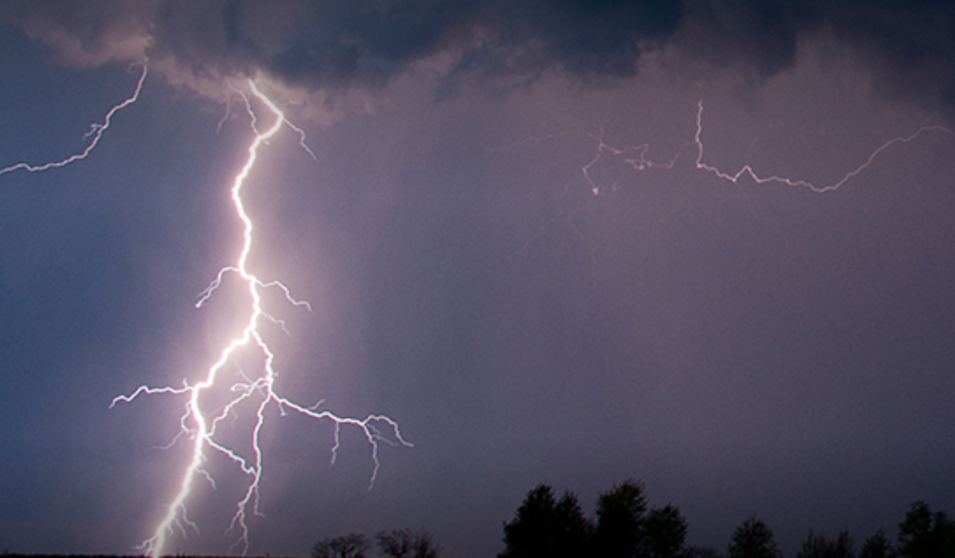By Leif Saveraid, Sustainability Policy Intern
Many of us have spent the last year wishing for a return to normal. Now, as we start to prepare for a more optimistic future, it is important to realize that we cannot return to normal when it comes to climate change. For the foreseeable future the climate crisis will continue to shape our global discourse, including that of our schools and students. Students are eager to hear and be heard about climate change, as demonstrated by the protests in 2019. Despite this and the immeasurable impact climate change will have in their lives, climate change continues to be sporadically integrated into curriculum, despite widespread agreement by teachers and parents of its importance.
The U.S. has a very decentralized curriculum, with standards for teaching set by individual states, some of which actively misrepresent the status of the climate crisis. However, individual schools have varying degrees of control over their own curriculum within the standards set by the state. In an effort to standardize learning across state borders, 36 states base their science curriculum on a common set of standards called the Next Generation Science standards. These standards correctly state that human emissions are causing climate change. However, 14 states have standards that do not mention that climate change is human caused or misrepresent the scientific consensus that climate change is human caused. When combined with the independence of districts, this results in a patchwork of climate change education that is not serving our students.
Improving the quality of climate change curriculum in schools will be a significant challenge. While President Biden could push for curriculum reform that would address this, he has not indicated that he plans to do so. His campaign goals relate more to structural aspects of the education system, particularly regarding teacher pay and equitable access to education. On a state and school district level, elected leaders could enact more direct integration of climate change into school curriculums. Washington state provides a good example of this. In 2017, the legislature dedicated millions in funding to provide climate change focused professional development for teachers. Education that strongly incorporates the environment has been usefully implemented in many places, including Teton Science Schools Place Network Schools.

However, part of the problem, as well as a potential solution, lies in our teachers. Due to our decentralized education system, many teachers have some degree of freedom to integrate climate change into their teaching. They are motivated to do so, with 86% of teachers believing climate change should be taught in schools. However, in practice, 55% of teachers say that they do not discuss climate change at all with their students.
Why? Many teachers say that they don’t teach it because it is not in their subject area. However, climate change is a problem that cuts across all fields and into our everyday lives. We need to encourage and support teachers to not see it as solely the domain of science teachers, but rather to highlight how it is relevant to their subject. In addition, teachers worry about parental complaints. However, more than 80% of parents in the U.S. support the teaching of climate change in school. Smaller numbers of teachers express worries over their ability to teach climate change or lack the materials to do so. While many resources can be found online, schools may need to give their already overworked teachers the encouragement and time to do so.
Greater integration of climate change into teachers’ lessons will better prepare our students for thriving in a world where the impacts of climate change are already being felt. Better informed students will make wiser decisions when addressing this global emergency.
Climate education is a perfect partner for place-based learning! Check out these resources.

